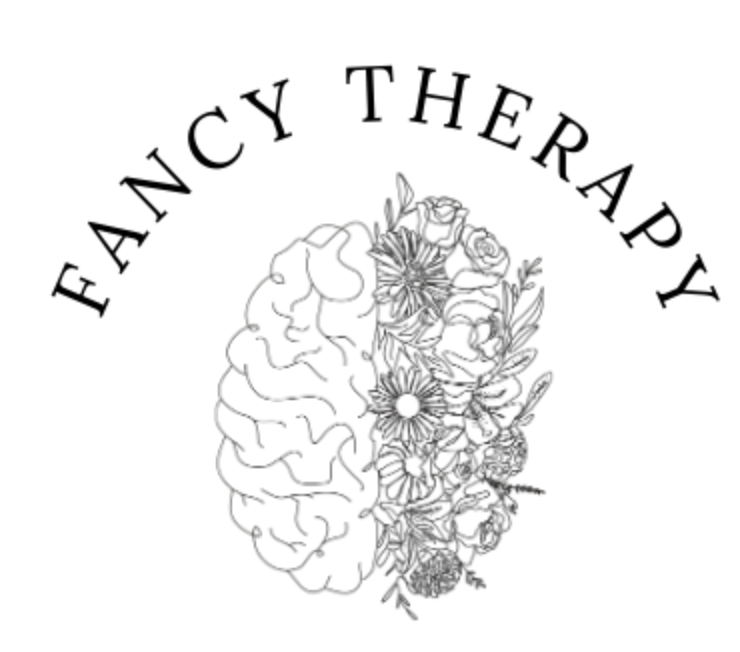"I Said Sorry!" How to Tell When an Apology Is Genuine
Have you ever heard someone say, "I'm sorry," but it didn't really feel like an apology, or you needed more? Maybe it left you wondering if they even meant it.
When things go wrong, whether we've hurt someone or have been hurt ourselves, it's natural to want to mend relationships, rebuild trust, and foster peace and forgiveness. An apology is where it all begins. However, not all apologies are created equal. Let's take a closer look at what makes an apology feel sincere and how to deliver one that truly matters.
Apologies That Don't Count
Before we dive into what makes an apology genuine, let's look at examples of non- apologies:
I'm sorry you feel that way.
I was having a bad day.
I wouldn't have done it if you hadn't...
I said sorry, isn't that enough?
I'll apologize, but only if you admit you were wrong.
This list makes it easy to see how these so-called apologies can leave us feeling invalidated, frustrated, or resentful. Gary Chapman and Jennifer Thomas (2013) introduced the concept of apology languages in their book When Sorry Isn't Enough, explaining why people have different preferences for how they express their apologies. Let's look at their descriptions of the five Apology Languages and some examples of each.
The 5 Apology Languages ™
Expressing Regret: The first language emphasizes showing empathy and remorse for your actions. A simple phrase like, "I'm sorry for what I did," can convey heartfelt regret.
Accepting Responsibility: The second type of apology involves taking responsibility for your actions without making excuses. For example, you might say, "I was wrong for doing that," to acknowledge your mistake directly.
Making Restitution: This third language is all about actively working to repair the damage done. Phrases like "What can I do to make it right?" show a willingness to take stapes to correct your mistakes.
Genuinely Repenting: This fourth language focuses on committing to change to prevent future occurrences. A statement like, "I'll make sure this doesn't happen again," indicates a serious intention to improve.
Requesting Forgiveness: The final language recognizes the other person's feelings and role in the relationship. By asking, "Will you forgive me?" you're giving them the power to influence the relationship's future.
Applying Genuine Apologies in Real Life
Understanding your apology language and what others might need from you in a genuine apology can help you restore and strengthen your valuable relationships. It is important to use the right language when apologizing to someone. It helps you be understood and ensures the apology is meaningful to the recipient. Before you apologize, consider your intentions. Are you doing it to ease your guilt or fix the relationship? Reflecting on your motives and tailoring your apology to the other person’s needs makes it feel genuine. Ask yourself, what will help them feel heard and valued?
It's okay if you're not ready to apologize. Take your time to reflect on the situation and apologize when you're ready. Sometimes, we wait for the other person to apologize first, but remember that offering an apology can be a powerful step toward healing, even if the other person hasn't taken that step yet.
Apologies can be challenging, but they don’t have to be. It's a skill that improves with practice and a bit of self-awareness. Whether you're giving or receiving an apology, it's all about understanding each other, fixing what's broken, and moving forward. If you're interested in learning more about how you apologize and what resonates with you, take The Apology Language ™ Quiz based on the book When Sorry Isn't Enough by Gary Chapman and Jennifer Thomas. Because when we understand ourselves better, we can show up better for the people who matter most.




